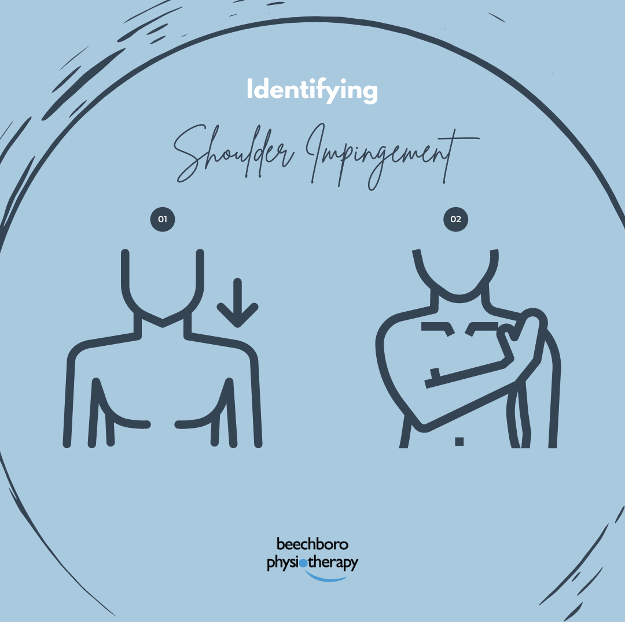Autumn is a great time for getting out in the garden or perhaps getting stuck into some DIY around the house as the cooler months settle in. An unfortunate repercussion of these two activities can be shoulder pain due to subacromial impingement.
This is when the space between the head of the humerus and the arch of the scapula is compressed. This causes inflammation of the tendons and other structures in this space, and may be the root of pain in your shoulder.
So, how to tell if you’ve got it?
This condition is extremely common amongst athletes that repetitively use their arm above their head. In the general population it may occur from muscle imbalance or repetitive or heavy use of the shoulder.
Shoulder impingement may be associated with any number of the following symptoms:
- Pain around the front, top or side of the shoulder.
- Pain referring down the outside of the upper arm particularly with aggravating movements.
- Pain with sleeping on the affected shoulder
- Aggravated by repetitive movements of the shoulder (e.g. stirring a pot).
- Aggravated by using the affected arm above the head (e.g. hanging out the washing or throwing a ball)
- Decreased strength of the affected shoulder.
Here’s a quick two-step test you can do from home.

- Take the hand from the affected shoulder across your body and rest it on the opposite shoulder. Your elbow should be at 90 degrees
- From here lift your elbow away from the body keeping your hand on the unaffected shoulder
If you experience pain it’s likely it’s time to pop into your physio for a visit. Your physiotherapist is often able to diagnose the nature of your shoulder injury with specific manual tests. However, sometimes an ultrasound scan may be requested to determine the exact location and extent of the disorder.
Remedies and exercises for shoulder pain
- Icing to calm the inflammation
- Self massage – using a massage ball or a tennis ball (if you haven’t got the former handy). Stand against a wall with the ball resting your pectoral muscles. Slowly rock back and forth ironing out any niggles you may have. Then do the same with the ball against the muscles at the back of your shoulder.
- Chest opening – standing in the door frame position your arms in a Texas ‘T’ shape with your elbows at right angles with the frame, slowly step through the other side of the door and feel a gentle opening stretch for your chest.
- Or this rotator cuff exercise featured on our YouTube Channel will give you some very handy information.
If you’re seeking further guidance, come see us at the clinic for a consultation.
